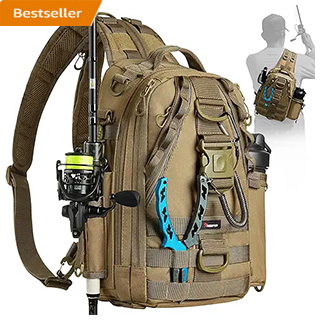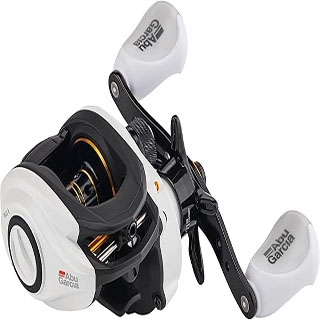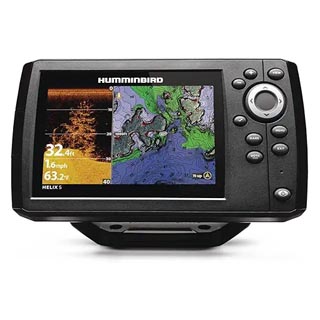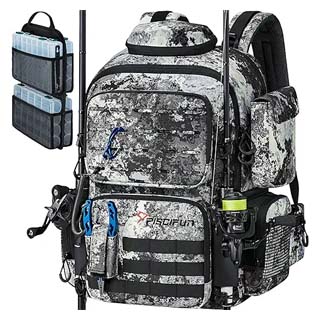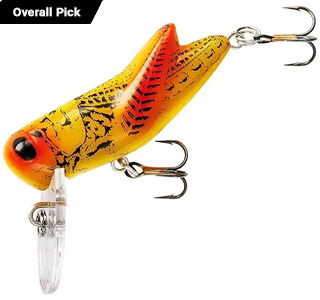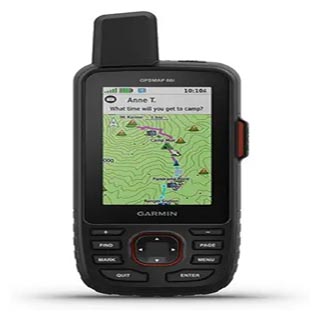Not Just Fishing!
Fishing Articles and Information

Things To Know About Fly Fishing
By Jeff Ryall
Fly fishing is one of those sports where you get out what you put in. If you put in a genuine effort you will get lots of fun
and excitement from the sport.
Anyone who takes up fly fishing must have patience, be willing to practice their cast and be willing to learn about
their chosen sport.
You must be willing to learn new ideas and practice them, but not keep switching from one to another.
Anyone doing this will not perfect anything, always changing one idea for another and not allowing to get anything right.
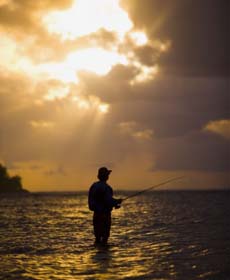
The ones with knowledge about their tackle, the place they are fishing at and the fish they are trying to catch will have much more success than those who just turn up not knowing anything of what they are trying to do.
There are more than 10,000 different types of flies and to find the best one for the job can be trial and error. As a rule you use bright flies on a sunny day and dark coloured
flies on a cloudy or overcast day.
The green butt skunk fly is mainly black with a bright green piece of yarn, these flies are used a lot for Salmon but also used around the world with good effect.
The jock scott is one of the best flies for most seasons and waters. This delicate fishing fly can take hours to make with lots of different materials involved.
The thunder and lightening is a deep orange, gold, brown and black, perfect for cloudy or dark days and cloudy waters. This is one of the most popular fishing flies for catching salmon today.
These are just a few of the most popular
fishing flies used but you do not have to stick with these, if you find a fly that works for you then great.
Dry fly fishing is when you cast your fly to a predetermined spot on the water and try to get the fish to attack the fly, but also trying to strike before the fish spits the fly back out.
Wet fly fishing lets the fly sink just under the surface and pass by the fish causing the fish to strike at the fly.
The most common fish to catch with a fly are salmon, trout and most fresh water fish.
Below are some of the terms associated with fly fishing which may help you understand?
Pool an area of water where it is fast flowing and entering a deeper pool of water.
It offers good prospects of a variety of fish in the area where the water flows in.
Riffle an area where the fast flowing water is broken up by some solid object in the water, the area just behind the object in the water is often good as insects will settle here and so will the fish.
Dead water is as the name implies, very still with no current and not usually a good place to fish.
Some of the other places to find fish is where there is a shady area or vegetation growing out of the water.
Jeff Ryall runs a sports website that focuses on information about sport and sports related products.
